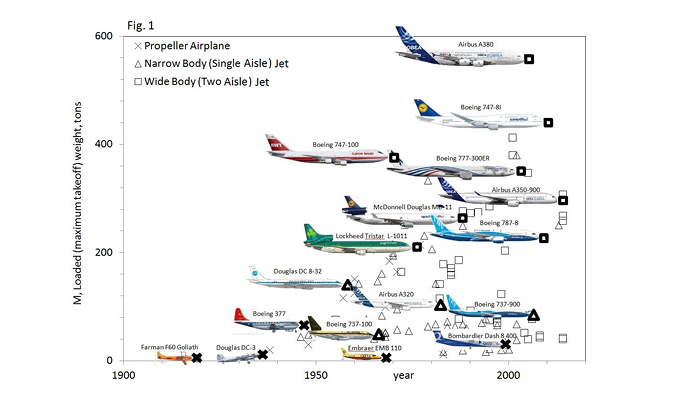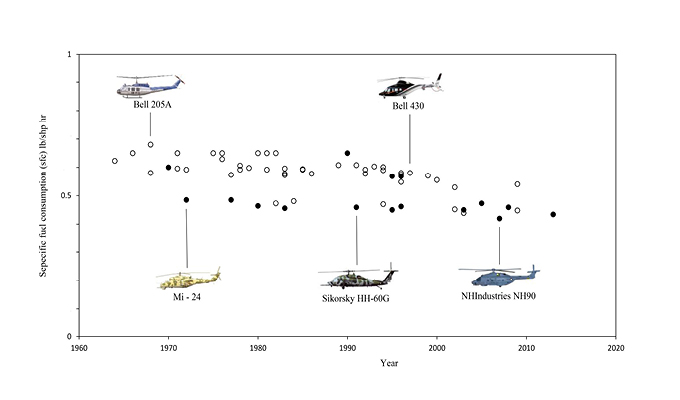


In this issue, Prof. Adrian Bejan, Visiting Chair Professor of Engineering Science at PolyU's Department of Mechanical Engineering, shared a joint study about the evolution of helicopters predicted from the "Constructal Law".
What is "Constructal Law"?
Putting biological design and evolution within the realm of physics, the “Constructal Law” is about everything: animate, inanimate, and human and machine species. It captures the natural phenomenon of the natural occurrence and evolution of flow configurations.
“Constructal Law” can predict and correlate the evolution of all animate and inanimate flow systems. Airplanes do not evolve by themselves, but they evolve as a duo, with the humans who design and use them. We all evolve as the “human and machine species”.
Please explain the correlation of the evolution of aircraft and "Constructal Law".
Earlier on, I worked with a research team at the Department of Mechanical Engineering comprising Prof. Wen Chihyung, Associate Head; Prof. Sylvie Lorente, Visiting Chair Professor of Engineering; and a master student to investigate the “Constructal Law” in the evolution of helicopters.
Our recent finding has shown that the evolution of helicopters is predictable from the “Constructal Law” of design and evolution in nature. The main features of evolutionary design predicted from the “Constructal Law” are the speed, engine size, fuel load, range, and aspect ratios (wing span vs fuselage length, wing and fuselage profiles).
The “Constructal Law” further explained the evolution of airplanes from propellers to jets, in the same way as animal evolution with the increase in speed and efficiency, from swimming to running, and finally, flying.
What conclusions were drawn from the study?
After analysing the dimensions and performance data of helicopter models during their 60 years of development history, we found that very sharp correlations had emerged between dimensions, performance and body size during the evolution of helicopter technology.
Engine efficiency increased with engine size. Also, the size of engines and propellers increased with the size of helicopters. The engine mass was roughly one-third of the fuel load mass, and the propeller radius was roughly the same as the length of the helicopter. Simply speaking, helicopters evolved as a universal phenomenon of flow system evolution.
How do you see the development of aviation in future?
This study opens up a new domain where the “Constructal Law” manifests itself as the evolution of vehicle technology. Based on the law, we can anticipate the hovering designs of helicopters and even the emerging unmanned aerial vehicles.
The future of aviation advancement will be characterised by new plane models of all sizes and will follow the theory of “efficiency evolution” in its development. The new models will continue to emerge in many sizes, a few large and many small ones.
What relevance do these findings have in the research of PolyU?
These findings are centrally important in aerospace science, engineering and evolutionary design etc. Interdisciplinary research and fundamental research are keys to enhancing the scientific visibility and international reputation of PolyU, I believe.
In future, we will continue to explore the predictive powers of evolutionary design under “Constructal Law” in order to fast forward the improvements in technologies. The related academic information was published in Prof. Bejan’s new book titled The Physics of Life: The Evolution of Everything.